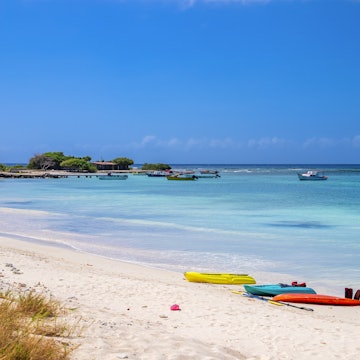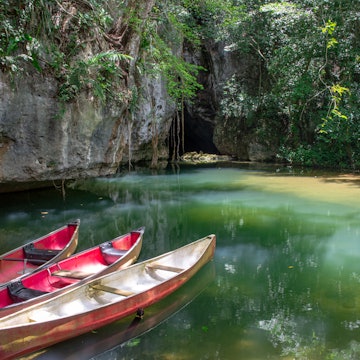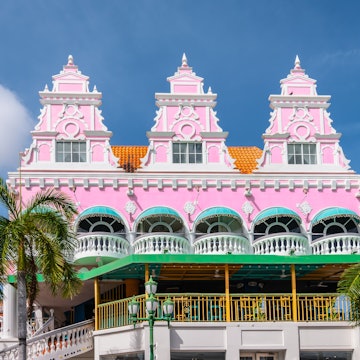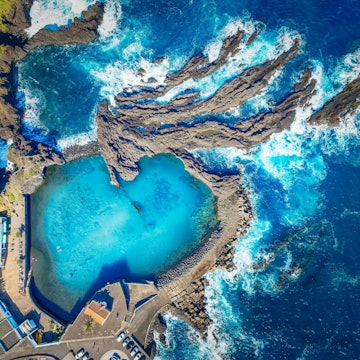

Sunset over the Pacific Ocean in El Salvador. Omri Eliyahu/Shutterstock
With 200 miles of coastline, more than 170 volcanoes, multiple archeological sites with Maya ruins and a rich coffee- and cacao-farming tradition, El Salvador is a wonderland for surfing, adventuring and relaxing.
Unfortunately, decades of instability and violence chipped away at the country’s reputation abroad.
Yet recent significant strides have set the stage for a new era of tourism – including cracking down on crime, improving roads and investing in new hotels and flight routes – and earned this tropical destination another look.
You can absolutely have a fantastic time in El Salvador, and while we recommend you discover it for yourself, these planning tips and precautions will make your trip even better.

Planning your trip to El Salvador
1. Enjoy both a city and beach vacation
El Salvador is about 8000 sq miles (21,000 sq km) – roughly the same size as fellow Central American country Belize – yet highly ecologically diverse.
This combination makes a five-night trip encompassing the capital city of San Salvador and the Pacific coast (about a 45-minute drive away) entirely feasible.
Fill your time in San Salvador with architectural and cultural visits to the National Palace, Art Museum of El Salvador and the extraordinary El Rosario church. On the coast, the fishing port of La Libertad has become popular for its surfing and beachfront hotels.
2. But don’t miss out on volcanoes, forests and ruins
A national park with three volcanoes (El Boquerón), a forest reserve that’s a former battleground (Cinquera), a cobblestoned town (Suchitoto) and “the Pompeii of America” (Joya de Cerén) might get you to extend your trip to El Salvador to a whole week…or longer.
While El Boquerón is only a half hour from San Salvador and doable as a day trip, Suchitoto is a good 90-minute drive in the opposite direction of the coast. It’s a cobblestoned town with colonial architecture and an excellent spot to spend a night or two.
3. Brace for higher prices during peak periods
Domestic travel spikes during the winter holidays, through the New Year, Holy Week (Easter) and the first week of August. During these times, you may pay a premium for hotels, plus experience bigger crowds at museums and parks.

4. Plan around the rainy season
Your best bet for clear skies and mud-free hiking is a visit during the dry season, from November through April. If you decide to throw caution to the wind (and drizzle) by visiting during the rainy season (May to October), pack a rain jacket, quick-drying layers and extra pairs of socks.
It’s also important to note that not all roads are paved in El Salvador. Heavy rains can cause flooding, leading to road closures and longer drive times.
5. Skip the currency exchange
If your home currency is the US dollar, there’s no need to swap money. USD has been an official currency of El Salvador since 2001.
But it’s a good idea to bring some small bills with you. Most businesses will accept a US$20, but 50s and 100s can be harder to break. ATMs are widely available in commercial centers, and most will let you choose English for your transaction.
In a surprising move, El Salvador added a second national currency in 2021: Bitcoin. Though the government requires all businesses to accept digital currency, only about 20% do, so you’ll most likely be dealing in dollars.

6. Hire a driver for multi-city itineraries
Most hotels can arrange an airport transfer or help you get a taxi to a nearby destination. But when traveling between cities, hiring a driver or tour operator is highly recommended.
Traffic in San Salvador can be intimidating. Rural roads are often unpaved and rife with potholes, and sometimes turn into single lanes that can be tricky to navigate for foreign drivers.
A tour operator can provide recommended tours or create a custom itinerary. Conveniently, the country’s ministry of tourism has a list of recommended tour operators on their website.
7. Bring your passport and buy a tourist card
For US citizens, a current US passport is required for entry, along with a US$12 tourist card (valid for 90 days) that can be purchased at the airport when you arrive; no visa is required.
Citizens from countries like Australia, Canada and the UK only require a valid passport for entry – a visa is not necessary for stays under 90 days. However, these visa-exempt travelers are still required to buy the tourist card at the airport upon arrival. Check with your country’s embassy for entry requirements.

Etiquette in El Salvador
8. Brush up on your basic Spanish
Spanish is the official language here, and though staff will likely speak English at restaurants and hotels in major tourist areas, it’s good manners to at least know a few greetings en español.
Simple and useful phrases such as hola (hello), buenos días (good morning), buenas tardes (good afternoon) and buenas noches (goodnight) are a decent place to start.
9. Be prepared to see a machete or two
In the US, park rangers might accessorize with a compass and drawstring hat. In El Salvador, dense forests call for a decidedly different accessory: a machete.
Don’t be shocked if your guide carries a blade to clear branches from hiking trails. But definitely don’t bring your own.

10. Dress appropriately for church
As with visiting most religious centers around the world, cover your legs and shoulders when visiting the country’s Catholic cathedrals.
A knee-length skirt will suffice if you don’t want to wear pants, and wrapping a scarf around your shoulders works to cover a tank top.
11. Leave a tip for good service
In restaurants and bars, leaving a 10 percent tip is common. Yet be sure to always check your bill before tipping because sometimes it’s already included.
12. Understand the country’s recent history
From 1980 to 1992, El Salvador experienced a bloody civil war, and the effects of that tumultuous period are still felt today.
It’s very likely that your tour guide or the bartender serving up your Cadejo (a popular local beer) either lived through the war or had family members directly affected by it.
Be respectful and know that not everyone wants to talk about their experiences. But when you do meet someone who’s open to sharing – for example, you can take a tour of Cinquera led by a former guerilla fighter – let them know how grateful you are to hear their story.

13. Sip and slurp hot foods…even in the heat
The pupusa (stuffed corn tortilla) might be El Salvador’s most famous food, but soups and broths are also beloved here, even though temperatures are tropical most of the year.
Don’t be surprised if your waiter recommends a steaming bowl of seafood broth or sopa de pata (soup made from cow’s feet…yep!) even though you’re ready to hit the beach.
Likewise, Salvadorian coffee, a top agricultural export since the 1800s, can’t be missed. Nor should atol de elote, a sweet drink made with corn and served hot – though grouchy gourmands should steer clear: Maya folklore says the beverage turns bitter if someone in a bad mood touches it.
Health and safety in El Salvador
14. Verify your vaccine needs
The only vaccine required to enter El Salvador is yellow fever, and that’s only if you’re six months or older and from a high-risk country (countries in South America and Africa, or Panama).
15. Just say no to tap water
Stick to bottled water and ice made from purified H2O only; water from the tap can be contaminated.

16. Avoid walking alone and driving at night
In both big cities and rural areas, it’s always recommended to avoid walking alone at night. If you’re not with a group, ask your hotel or restaurant to arrange a taxi ride for you.
Likewise, if you do rent a car, skip driving at night. Not only will you minimize your chances of robbery, but you’ll also have greater visibility on roads with poor lighting or none at all.
17. Know a safe taxi when you see it
Always look for an “A” at the beginning of your taxi’s registration to confirm it’s official. Also, most taxis don’t have meters, so agree on a price with your driver before you get in.
18. Steer clear of certain areas in San Salvador
Sadly, gang violence remains a problem in El Salvador. Gangs don’t typically target tourists, yet to avoid getting caught in the crosshairs, avoid the areas of Soyapango, Apopoa and Mejicanos in San Salvador.
On the flip side, the Centro Histórico in San Salvador – where many of the city’s museums are located – tends to be safer thanks to a greater police presence.
19. Tread carefully as an LGBTIQ+ traveler
Among Salvadorans, discrimination and violence against the LGBTIQ+ community have been well documented by such watchdogs as Human Rights Watch.
With this in mind, same-sex couples should be careful about public displays of affection. Additionally, it’s worth researching hotels ahead of time to seek out gay-friendly stays.
20. Dial these digits for the police
In case of an emergency, call 911. To contact the Politur – a branch of the National Civilian Police dedicated to the well-being of tourists – specifically, call 2511-8300 or 2511-8302. They can offer safety information and, with proper arrangements, can even provide escorts.
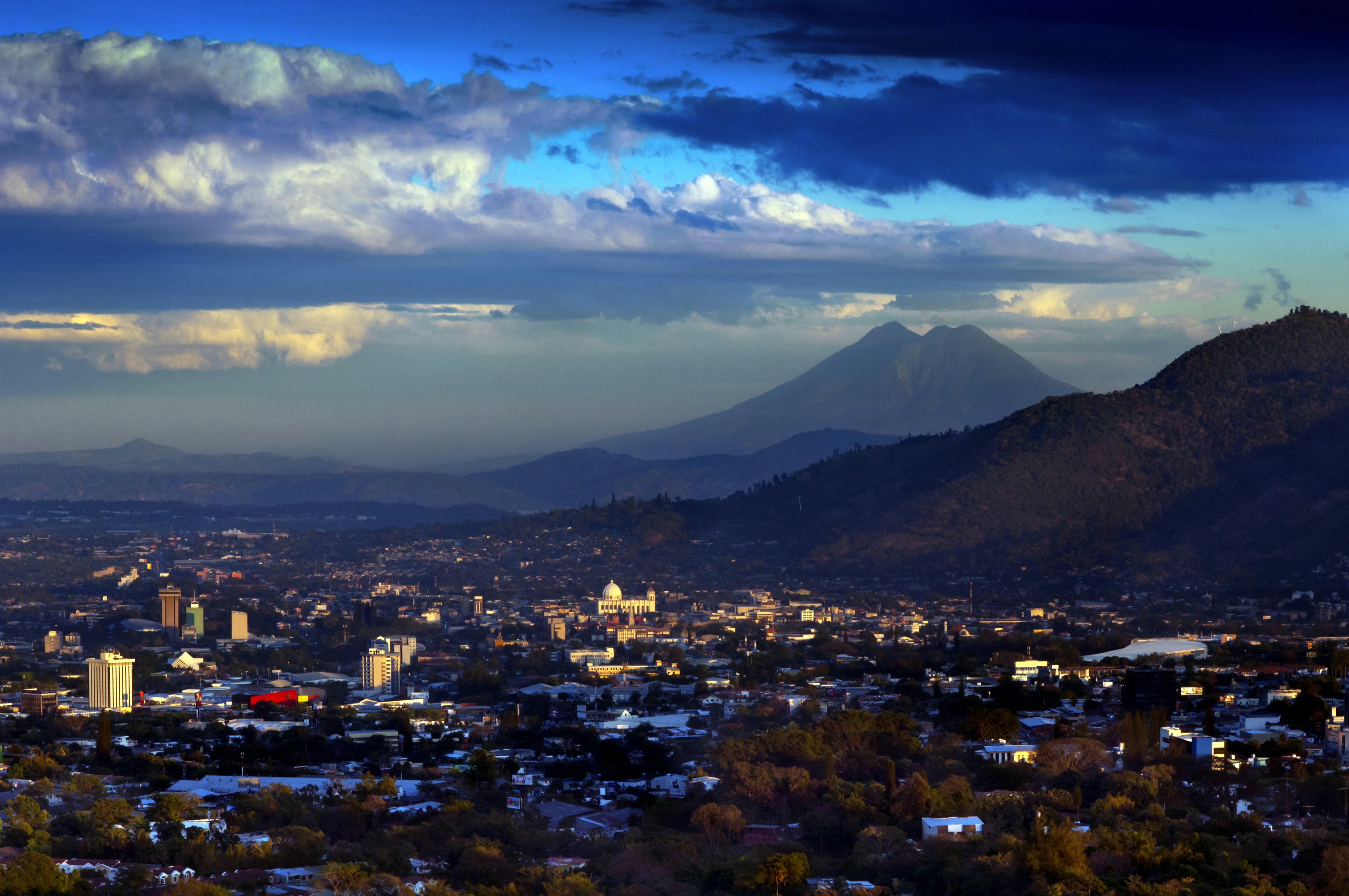
21. Take note of hurricane season
Typically, hurricane season lasts from June to November. Just as with the rainy season, unpaved roads may become flooded when a storm strikes, altering travel routes or, in severe cases, requiring you to stay put for a day or two.
If you plan to visit during this time of year, check with your hotel and travel insurance about hurricane contingency plans. Plus, monitor weather and potential storms in the days leading up to your trip.
22. Leave your edibles and CBD balms at home
Cannabis and cannabis-derived products, like CBD, are illegal in El Salvador, so purge your toiletry bag of any oils, serums or lotions that could get you in hot water.
Speaking of which, El Salvador has some of the harshest punishments in the world for drug possession, so this is definitely not the vacation to experiment with any other unlawful substances, either.









